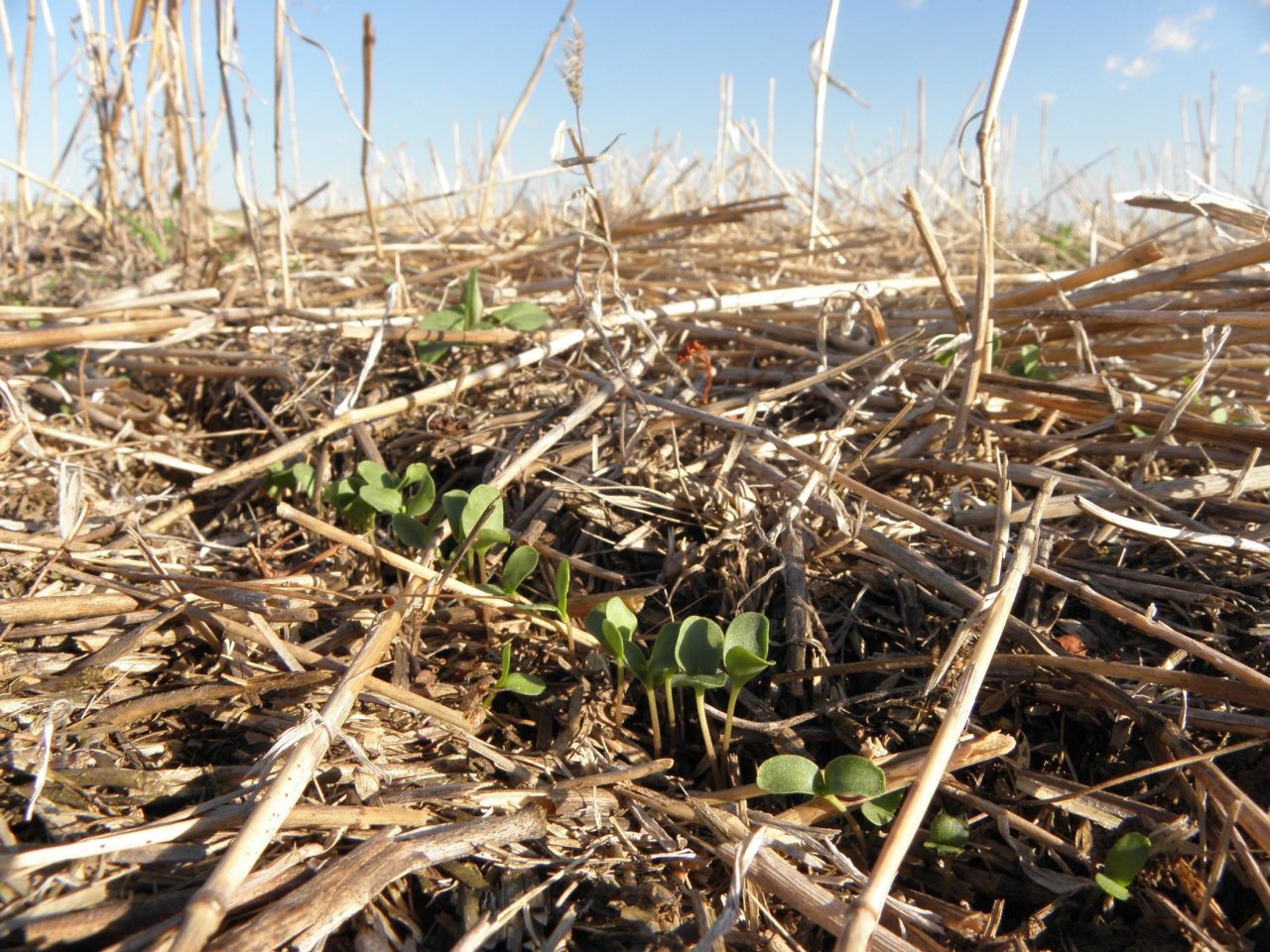 Dear Lyn,
Dear Lyn,
Why do some fields this time of year have scraps from the previous crops left on them? Is this a new way of doing things?
Thanks,
Curious County Driver
Dear Curious,
The scraps you notice are a great thing for our water, and the farmer’s fields. What you’re observing is most likely the producer utilizing the power of cover crops and no-till farming.
No-Till Farming leaves the soil on the fields undisturbed- creating a healthy soil top layer that allows the field to store its full potential. This, combined with cover crops, which are supplemental crops grown between the usual rotation, makes for a healthy soils system!
This is great for so many different reasons. For the farmer, it means less erosion of nutrients and valuable soil. It also helps build the organic matter on the field. For our lakes, it means less runoff and therefore less weeds and algae!
For a visual demonstration of the power of no-till and cover crops, check out our Facebook video of NRCS Conservationist Stephanie McLain HERE.
In 2017, farmers across the Hoosier state grew a total 970,000 acres of cover crops, preventing an estimated 2.9 million pounds of nitrogen, 1.4 million pounds of phosphorus and 1.2 million tons of sediment from seeping into local streams and waterways, according to the Indiana Department of Agriculture. That amount of sediment, which would otherwise have run off the farm, taking nutrients from the soil, could fill 12,000 train cars. You can read more about how Indiana is leading the NATION in cover crops HERE.
Thanks!
Lyn




 Dear Lyn,
Dear Lyn,